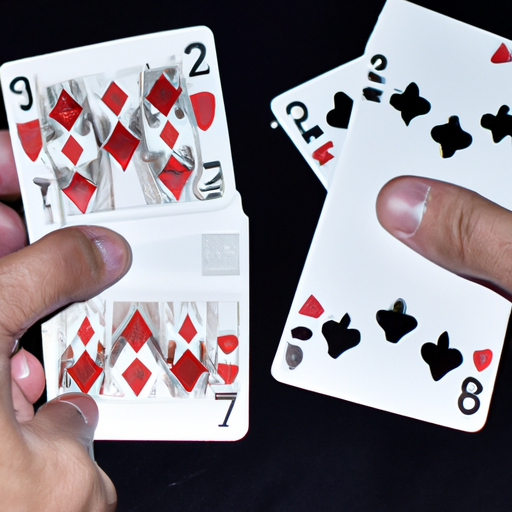What’s the Distinction: Spanish 21 vs. Regular 21 Explained!
When it comes to the popular casino game of 21, also known as blackjack, there are different variations that players can choose from. Two of the most well-known versions are Spanish 21 and Regular 21. While both games share similarities, they also have distinct features that set them apart. In this article, we will explore the differences between Spanish 21 and Regular 21, helping you understand which game might be more appealing to you.
Spanish 21: A Twist on the Classic
Spanish 21 is a variation of blackjack that is played with a Spanish deck of cards. The main difference between Spanish 21 and Regular 21 lies in the deck composition. In Spanish 21, all the 10s are removed from the deck, leaving only the face cards (Jacks, Queens, and Kings) and the number cards (2-9). This means that a Spanish deck consists of 48 cards instead of the standard 52.
One of the key features of Spanish 21 is the bonus payouts it offers. Players can receive bonus payouts for certain hands, such as a 5-card 21, a 6-card 21, or a 7-card 21. Additionally, there are special bonus payouts for specific combinations of cards, such as a 6-7-8 or a 7-7-7 of mixed suits. These bonus payouts can significantly enhance the excitement and potential winnings of the game.
Another notable aspect of Spanish 21 is the option to double down on any number of cards, even after splitting. This gives players more flexibility and strategic opportunities to maximize their chances of winning. Furthermore, players can also surrender their hand after doubling down, which can be advantageous in certain situations.
Regular 21: The Classic Blackjack Experience
Regular 21, also known as classic blackjack, follows the traditional rules of the game. It is played with a standard deck of 52 cards, including all the 10s. The objective is to beat the dealer’s hand without exceeding a total of 21.
In regular 21, the payouts are typically straightforward. A winning hand is paid out at a ratio of 1:1, while a blackjack (an Ace and a 10-value card) usually pays out at a ratio of 3:2. Some variations of regular 21 may offer additional side bets or bonus payouts, but these are not as common as in Spanish 21.
Unlike Spanish 21, regular 21 usually has more restrictions when it comes to doubling down and splitting. In most cases, players can only double down on their first two cards and can only split pairs once. This limits the strategic options available to players, but it also maintains the simplicity and familiarity of the classic blackjack experience.
Which Game Should You Choose?
Deciding between Spanish 21 and Regular 21 ultimately depends on your personal preferences and playing style. If you enjoy the thrill of bonus payouts and the added flexibility of doubling down on any number of cards, Spanish 21 might be the game for you. On the other hand, if you prefer the simplicity and traditional rules of classic blackjack, regular 21 is likely to be more appealing.
It’s worth noting that the house edge in Spanish 21 is generally higher compared to regular 21 due to the removal of the 10s from the deck. This means that the odds may be slightly more favorable for the casino in Spanish 21. However, the bonus payouts and additional strategic options can make up for this difference if you enjoy the unique features of the game.
In conclusion, both Spanish 21 and Regular 21 offer exciting variations of the classic blackjack game. Understanding the distinctions between the two can help you make an informed decision and choose the game that suits your preferences. Whether you prefer the added bonuses and flexibility of Spanish 21 or the simplicity of regular 21, both games provide an enjoyable and potentially rewarding casino experience.




